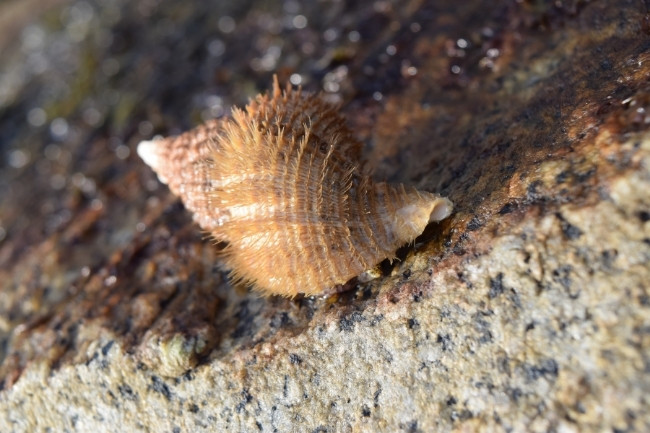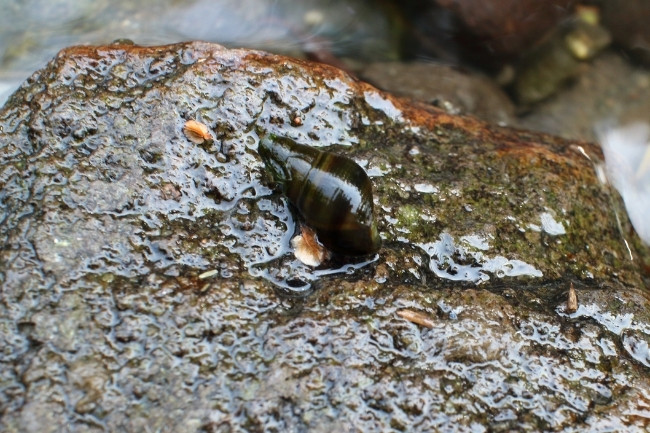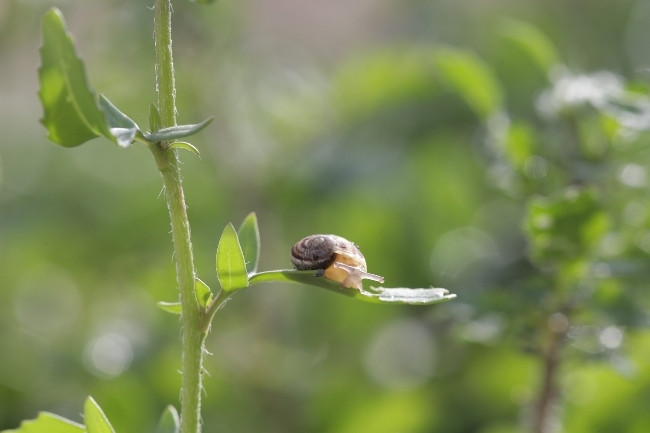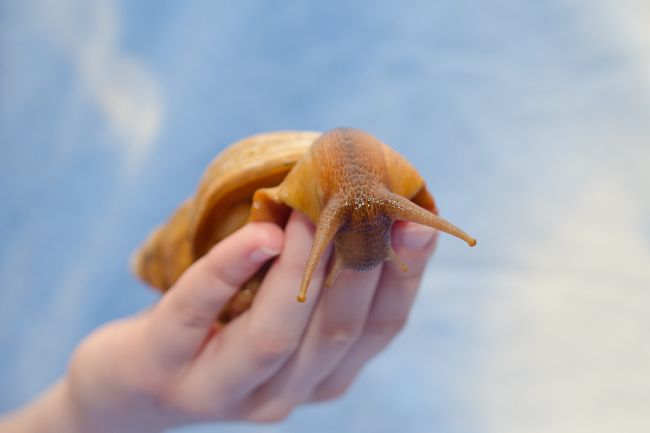Snails aren’t always the first port of call for those looking for a new pet, but these fascinating creatures have a great deal to offer, and often don’t require too much care.
So whether it’s a mammoth like the giant African land snail, or the diminutive assassin snail, there will probably be a snail that will suit your needs.
Contents
| Consideration | Description | Additional Information/Explanation |
|---|---|---|
| Housing | Snails require an appropriate enclosure that provides suitable temperature, humidity, and ventilation. | The enclosure should mimic the snail’s natural habitat and allow for easy maintenance and cleaning. |
| Diet | Snails are primarily herbivorous, and their diet consists of various plant matter, fruits, and vegetables. | It is important to provide a balanced and nutritious diet to meet their dietary needs. Certain species may have specific dietary requirements. |
| Substrate | A suitable substrate is needed in the enclosure to mimic the snail’s natural environment and provide burrowing opportunities. | Options include coconut fiber, peat moss, and soil, which should be kept moist to maintain proper humidity levels. |
| Temperature and Humidity | Snails thrive in moderate temperatures and high humidity levels. | Monitoring and maintaining appropriate temperature and humidity levels are crucial for their health and well-being. |
| Handling | Snails are delicate and sensitive to rough handling. They should be handled gently and infrequently. | It is best to observe snails in their enclosure rather than frequently picking them up, as handling can cause stress and potential harm. |
Table 1: Popular Land Snail Species for Pet Keeping
Guidance on sea or freshwater snails
Sea snails

Marine snails are popular to keep alongside fish in saltwater tanks. Often these snails are selected for their cleaning abilities, as many will feed on the algae or the detritus dropped to the bottom of the tank by the fish. As algae can cause the tank to look unappealing, and the food remnants and waste can spread disease, these helpful snails can be highly desirable.
While snails often have a job to do, that doesn’t mean they can’t be beautiful in their own right. Conches are perhaps the most admired and beautiful of marine snails, as well as some of the larger species.
The strawberry conch (Conomurex luhuanus) is so named for the brilliant pink interior to the shell, the outside being a more sedate, but still attractive, white with varying amounts of mottled brown. Its elongated, cone-shaped shell can grow to between 5-8cm (1.96-3.14in) in size.
Like many marine snails the strawberry conch is an omnivore but eats largely algae, and detritus sieved from the sand. Because of this diet requirement, and their habit of digging down into the sand, they need to have a good bed of live sand within any tank that houses them.
Live sand is sand that is wet and contains a range of bacteria and other living microorganisms.
No products found.
Tanks will often have enough food to sustain a strawberry conch, but additional food can be added such as fish food or algal strips.
As with many tank dwellers, it’s important to introduce your strawberry conch slowly through drip acclimatization.
Strawberry conches can breed in tanks if conditions are suitable and a male and female are present. Mating involves copulation, with the male climbing onto the female’s shell. Long cylindrical eggs will then be laid in the sand. Such eggs, and the young conches that hatch from them, can potentially be eaten by fish or other snails if not protected.
Freshwater snails

When it comes to freshwater snails, most species chosen for aquariums are introduced to control algae, however, the assassin snail is one species brought in to control other snails.
As its name suggests this killer snail is a meat eater, who will hunt down and kill other snails. This can be a useful introduction when pest snails have gotten out of control. Yet, even if snail Armageddon isn’t your aim, these snails can be introduced simply for their own sake, having a beautiful yellow and brown striped cone, that gives them the second name of bumblebees snail.
If snails are present in the tank then the assassin snail will take care of its own dinner. Yet, if these become scarce, they will be happy to eat other meaty treats such as blood worms.
No products found.
These snails like warm waters and sand to bury themselves in. They are also good breeders, if males and females are present. Mating usually involves the snails following each other around for a while before copulating. Eggs are laid in the sand.
Also read: Snail Diet Explained: What and How do They Eat and Drink?
Guidance on land snails

When it comes to land snails, possibly the most famous is the garden snail (Helix aspersa). Garden snails have been a popular pet for many children, as they are so easy to acquire and simple to keep.
| Species Name | Scientific Name | Native Habitat | Size (Shell Diameter) | Lifespan | Additional Information/Explanation |
|---|---|---|---|---|---|
| Garden Snail | Helix aspersa | Europe and Mediterranean | 1-2 inches | 2-5 years | Garden snails are common and easy to find in many regions. They have a gentle temperament and are suitable for beginners. |
| Roman Snail | Helix pomatia | Europe and Western Asia | 1.5-2.5 inches | 10-20 years | Roman snails are larger and have distinctive shells with brown and yellow patterns. They are known for their docile nature and are considered a favorite among snail enthusiasts. |
| White-lipped Snail | Cepaea hortensis | Europe and North America | 0.5-0.75 inches | 1-2 years | White-lipped snails are small and have shells with various colors and bands. They are relatively low-maintenance and suitable for smaller setups. |
| Milk Snail | Otala lactea | Mediterranean region | 1-1.5 inches | 2-5 years | Milk snails have shells ranging in color from light to dark brown. They are adaptable and can thrive in various environments. |
| Giant African Snail | Achatina fulica | East Africa | 6-8 inches | 5-10 years | Giant African snails are one of the largest land snail species. They require specialized care and are recommended for experienced keepers. |
Shells of garden snails vary in colour, usually a mingling of brown, black and beige. Unlike aquatic snails, garden snails cannot live in water, and need to be kept in a terrarium rather than an aquarium. However, moisture levels are still important as they will dry out if the humidity is too low.
No products found.
Within the terrarium you will need a soil layer, with some gravel beneath for drainage. Snails need light, but also like shelter, so some kind of snail home is ideal. Logs or stones that the snails can climb on will also help keep your snail happy.
Garden snails aren’t fussy eaters, and will happily consume most vegetation or even vegetable peelings.
Garden snails are hermaphrodites, meaning they are both male and female. Unusually, they can reproduce without mating, meaning a solitary snail may possibly lay viable eggs.
If copulation occurs between two snails then both will pass sperm to the other, meaning both can thereafter lay eggs. An unusual part of the mating process is that garden snails fire ‘love darts’ into one another, as part of the sexual selection process.
These are hard spears made of chitin, the same material our fingernails are made from.
Also read: Snails & Their Shells: Everything You Need to Know
Guidance on exotic species

Giant African land snails are probably the most popular species of snail to keep for its own sake, rather than to keep algae or pests out of fish tanks. This amazing animal can reach 20 cm (8in) in length, and has a chocolatey brown shell.
This exotic species needs a warm and humid environment, between 24 – 30 degrees centigrade (75 – 86℉). A thick layer of a peat substitute, such as coir, should be placed at the bottom of the terrarium, and the terrarium should be kept away from direct sunlight or radiators.
Like the garden snail, the giant Africa land snail isn’t a fussy eater. They will happily eat a wide range of leafy plants, as well as vegetables such as cucumbers. It’s also important they get enough calcium in their diet to keep their shell healthy. Cuttlefish bones are often a popular choice, as they are soft and easy to digest.

